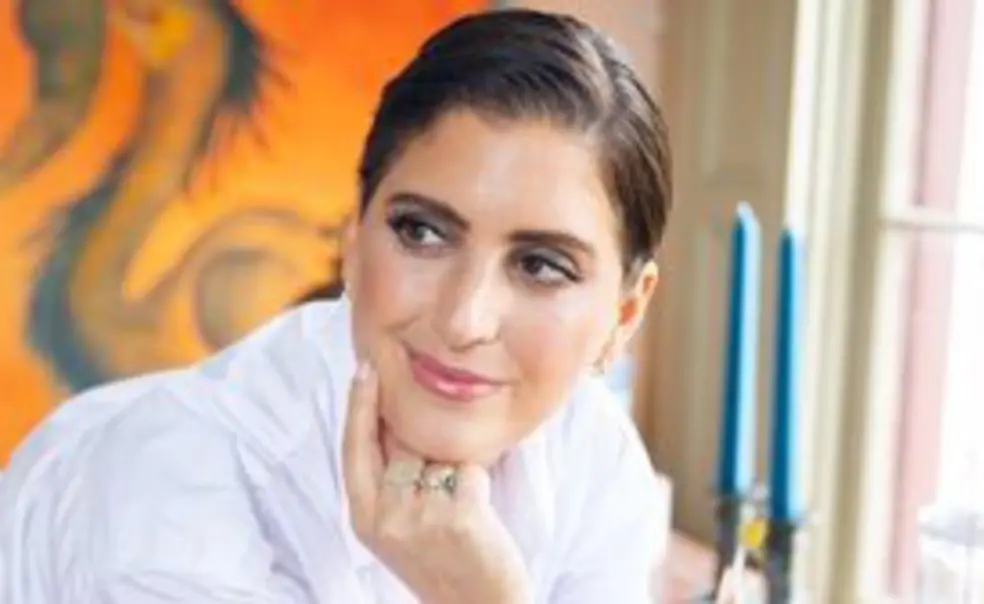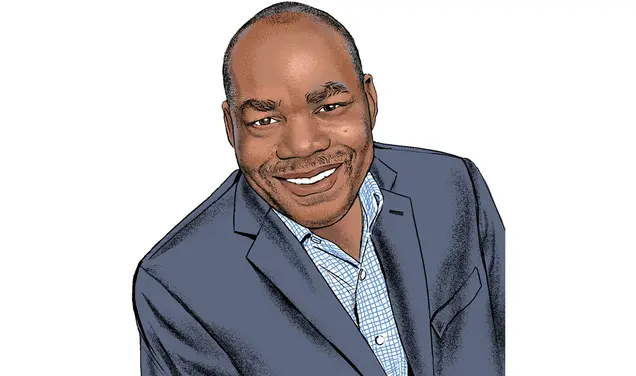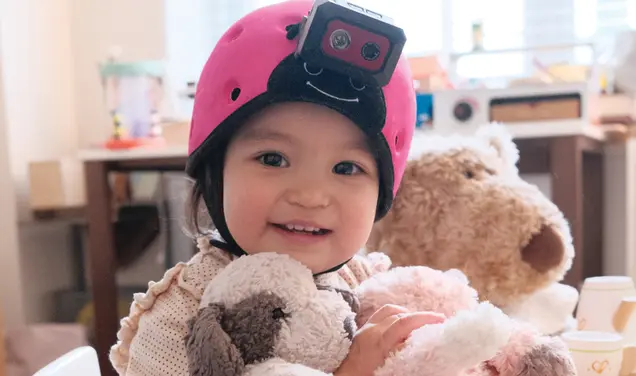Suleika Jaouad ’10 Encourages Journaling in New Book
The book: Journaling has been a constant in Suleika Jaouad ’10’s life. It’s helped her get through occasions both big and small, from heartbreak to illness and navigating uncertainty. Now, in The Book of Alchemy (Random House), Jaouad unpacks her journaling experience by sharing tips and life-altering practices that anyone can use to work through their feelings and tap into their creative side. The book includes wisdom from many writers, artists, and thinkers who offer their insights into this powerful practice. For anyone on a journaling journey, Jaouad offers tools, direction, and encouragement for deep personal reflection.

The author: Suleika Jaouad ’10 graduated from Princeton with a degree in Near Eastern studies. She is the author of the memoir Between Two Kingdoms and has written essays for various publications including The New York Times Magazine, The Atlantic, The Guardian, and Vogue. She is also the creator of a weekly newsletter and global community called “The Isolation Journals.”
Excerpt:
I’m fascinated by people who pick up a creative practice later in life. Many of us feel that, as time passes, certain prospects are foreclosed upon. You turned right at the fork in the road, and you can’t ever go back — your life must plod along that same path. As Robert Frost wrote, “Way leads on to way.”
But then I think of someone like Grandma Moses, the American folk artist. Grandma Moses went to work at age twelve, keeping house for wealthy families in upstate New York. Later, she married, gave birth to 10 children, and worked the long hours of a farm wife. It wasn’t until her late seventies, when her hands were too arthritic to embroider, that she returned to her favorite childhood pastime of painting. Over the next quarter century, until her death at age 101, she made over 1500 works of art. In that time, she became a household name, and her paintings were printed on Hallmark cards and postage stamps and hung in hallowed institutions like the Museum of Modern Art and the Smithsonian.
Grandma Moses is an extraordinary example of a late-in-life artist — of course, not everyone who picks up a paintbrush in their golden years will garner such attention and acclaim. But stories like hers give me hope and a sense of possibility. I love the idea that you can reawaken dormant parts of yourself, parts that maybe you didn’t even know were there. It reminds me that it’s never too late to alter the course of your becoming.
Take, for instance, my realtor turned beloved friend Barbara, who at the age of 70 began making ceramics. Barbara lived most of her life in Manhattan — as a child in a tenement in Murray Hill; as an adult, in an apartment in the East Village. Life in the city was buzzy, Barbara says, and it was lived in the streets — in parks, on ferries, in theaters, bars, and discos. So when she retired from her career as a police detective and moved to the New Jersey countryside, she found the lifestyle slow and somewhat isolating. A second career in real estate, however, gave her a foothold. She learned the area, and she met people, including a woman who owned a ceramics studio on her town’s main street.
Barbara hadn’t taken an art class since high school. But she’d loved it, and a few years ago, Barbara invited seven friends to join her in an eight-week course in hand-built clay. We started making pinch pots and bowls, and most of us struggled, though Barbara proclaimed herself the worst. Finally she declared she was not making “another goddamn bowl” — which no one contradicted because no one contradicts Barbara. “My hands don’t want to make bowls,” Barbara said. “They want to make faces.”
So Barbara began sculpting human faces, teaching herself by trial and error. Weeks passed, and her faces grew necks and ears; their eyes opened. Soon Barbara noticed a change in herself too. “From being a cop, I always watched people — mainly their hands, for self-protection,” she said. “Now I look at their foreheads, how far back their ears are, whether their nose is thin or fat.
“It’s almost like you can’t make a mistake when you’re making a face, because there is such variety,” she continued. “It doesn’t matter what you make, because you’re making somebody.”
I felt the hair on my arms stand up when Barbara said this. It was thrilling in its sense of possibility — and the idea that you can’t actually make a mistake? Pure liberation. That one thought removes every roadblock and hindrance to creation — all the stymieing effects of perfectionism.
At another point in my life, I may have felt differently. Fettered as I was (and still sometimes am) by perfectionism, I might have thought, “If I’m not good at something, what’s the point of even trying?” I may have resisted the idea that in art, there’s no such thing as a mistake.
In fact, I likely would’ve come up with an excuse not to try at all. I’d have said, “That’s great for Barbara, but I don’t have time to take a ceramics class.” And actually, that was my first thought when Barbara asked me. At the time, I was totally wrapped up in the cult of productivity, overwhelmed and exhausted. It would have been easy to say no and blame it on work deadlines and other responsibilities — on too much to do and not enough energy.
Recently I’ve been thinking about the stories that keep us from having an experience like Barbara’s, stories like “I’m too busy.” Like “I’m not going to be any good at that.” Like “I’ll never see this through, so I shouldn’t even start.”
Interrogating these stories, what comes to mind is the Buddhist teaching of the three poisons — attachment, aversion, and delusion, which are believed to be the root cause of suffering. By suffering, I don’t mean physical or emotional pain, but how our interpretation of it can spawn a secondary, often psychological layer of affliction. It’s how, rather than experiencing a simple pleasure, we become overly attached to it, then are tormented by desire and craving. It’s when we think something will annihilate us — be it pain or unwanted change or abject failure — so we need to avoid it at all costs.
Often, attachment and aversion operate like flip sides of a coin: We cling to the familiar because we are terrified of the unknown. As for the third poison, delusion, it’s a case of mistaken reality, of not seeing the world as it actually is. This can manifest in different ways, but it starts with our fear of impermanence. Everything is fleeting, all will pass away, but we want to insist on the opposite—that there is something that won’t die. We think there has to be something permanent, something deep in our core that never goes away.
According to the Buddhists, this is the source of ego, not in the sense of outsized self-esteem, but in the sense of being separate and individual, a solitary “me” rather than part of the larger fabric of consciousness and creation. In the same way the ego likes to split “me” from “them,” the ego loves to break the world into dualisms and binaries, to label things as desirable or undesirable, good or bad — as a success or a failure. And what do those labels inspire? Here again we find ourselves in this loop, tormented by the push and pull of attachment and aversion. We’re desperate to succeed, we’re terrified to fail.
One simple antidote to this constant grasping and batting away is what the Buddhists call “the open palm.” It means not holding too tightly to the things we want, not pushing too hard against the things we don’t want, but accepting whatever comes. It’s one of those forever lessons, and it can take a whole lifetime to learn. For me, that figuring-out begins with a low-stakes creative practice — in a sketchbook, on a canvas, in the pages of a journal, or a Monday night ceramics class.
To date, Barbara has made 70 heads, and they’re stunning — not because they embody some ideal of proportion or symmetry. It’s in their organic energy, I think, and their vibrancy and variety. They share one common feature: They all gaze upward, as if transfixed by something astonishing in the sky. Otherwise, they’re all different. Some are glazed with rosy cheeks; others have lemon-yellow eyelids or the peachiest lips. Some have skin of ochre, several are a creamy mocha. One man is so ruddy he looks like a wind-worn old fisherman with a flask of whiskey in his boot.
Barbara was approached by a gallery about exhibiting them, but a requirement was selling them, and that was a deal-breaker. She won’t sell them, to anyone (though I’ve begged plenty). “I enjoy looking at them,” she said. “They make me feel good.”
In Big Magic, Elizabeth Gilbert’s book on creative living beyond fear, she writes, “Whether we make a profession out of it or not, we all need an activity that is beyond the mundane and that takes us out of our established and limiting roles in society (mother, employee, neighbor, brother, boss, etc.). We all need something that helps us to forget ourselves for a little while — to momentarily forget our age, our gender, our socioeconomic background, our duties, our failures, and all that we have lost and screwed up.”
When Barbara took up ceramics, her elderly mother was facing the vicissitudes of age, and her younger sister was diagnosed with early-onset Alzheimer’s. Making ceramic heads was therapeutic — grappling with the clay, letting her subconscious take over, being surprised by what emerged in the process. A fair number have bright red hair; one woman’s locks fly back from her head like flames. “My sister has red hair,” Barbara said. “I think, Am I making my sister over and over?”
Barbara doesn’t know the answer. To her, the clay heads seem to have their own will; they become who they will become. For Barbara, that’s just fine. They all have a place on the shelf, even the ones she doesn’t like as much. She holds them all in an open palm.
Excerpted from The Book of Alchemy by Suleika Jaouad. Printed with permission of the publisher Random House.
Reviews:
“Brilliant. Gentle. Encouraging. If you want to make your life richer, follow her lead. Suleika Jaouad is showing us how to find wisdom in every transition, graduation, and U-turn. The perfect mix of incandescent wisdom and kick-in-the-pants motivation to start your own creative journey.” — Kate Bowler, author of Everything Happens for a Reason
“The prompts are varied enough to appeal to devoted diarists and newbies alike, and Jaouad poignantly interweaves her own intimate meditations on creativity, pain, and art. The result is a stellar guide that’s sure to spark the imagination.” — Publishers Weekly












No responses yet